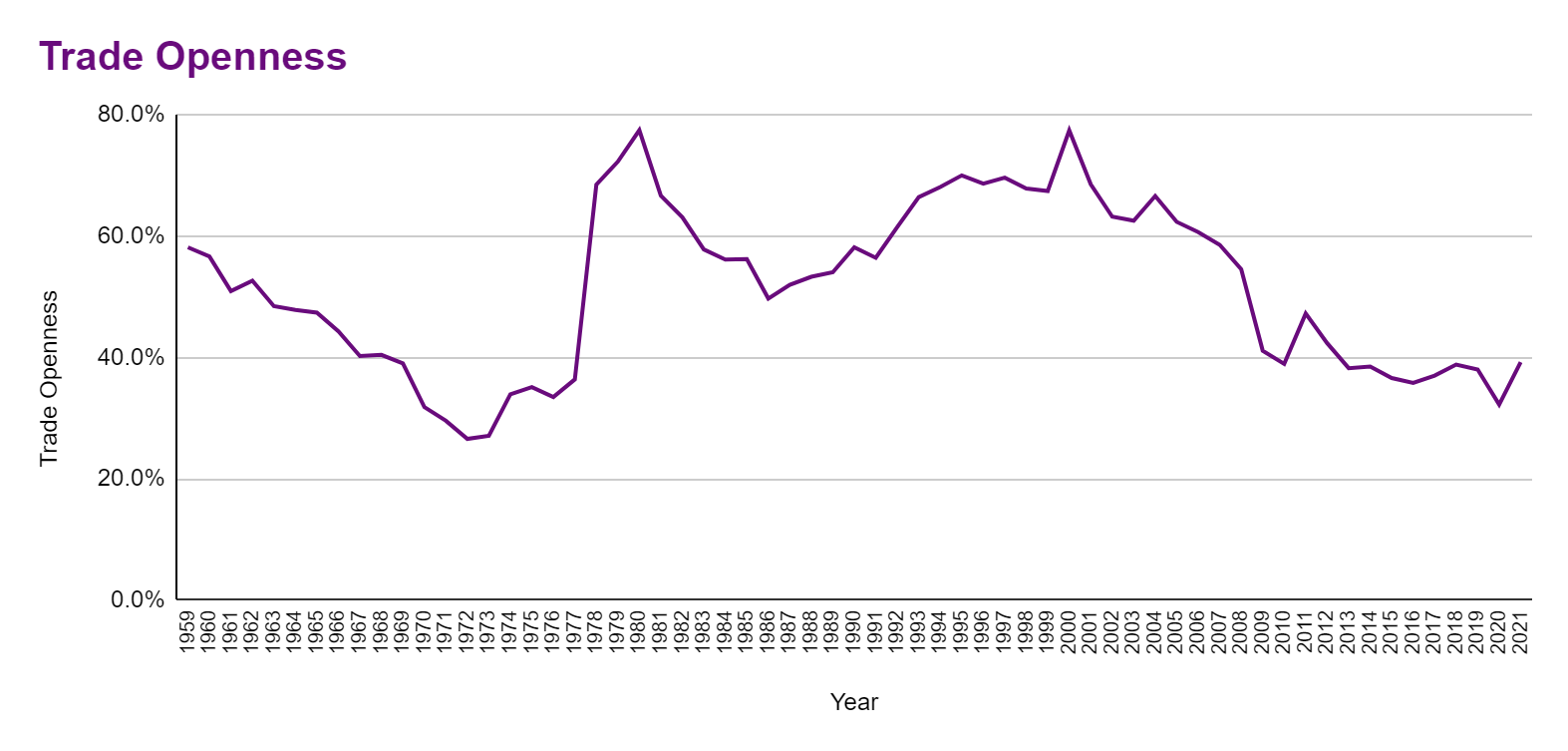Originally appeared on The Morning
By Dhananath Fernando
Sri Lankans base their assessment of the economy’s performance on two crucial factors. One is on the operations of the Colombo Stock Exchange (CSE) and the other is on the exchange rate – the appreciation or depreciation of the LKR to the USD.
However, neither are the right indicators to measure the performance of the economy. The companies listed on the CSE are insignificant compared to the number of business establishments in Sri Lanka.
Around 99% of the business establishments in Sri Lanka are Micro, Small, and Medium Enterprises (MSMEs) but they are not listed on the CSE. However, the MSME sector accounts for 75% of all employment. Large firms are responsible only for 25% of all employment, but not all large corporations are listed on the CSE.
For instance, MAS Holdings, which is one of Sri Lanka’s leading apparel manufacturers and employers in the sector, is not on the CSE. Moreover, just before the economic downturn in Sri Lanka, there was a bull run at the CSE. A performing economy is measured through the reduction of poverty and when the populace contributes to solving an economic problem.
The second popular measure to assess economic performance is the exchange rate. Recently, with the appreciation of the LKR, there is a sentiment that the economy is recovering. Previously, when the LKR was depreciating, the perception was that the economy was not doing so well.
Appreciation or depreciation of a currency has its own consequences, but connecting the exchange rate to performance of the entire economy is definitely not the right way to look at things.
There were few reasons behind the recent appreciation of the LKR. Nevertheless, the exchange rate is simply the price we pay to buy USD. Like for many other commodities and services, the price of USD is determined through demand and supply. Suppliers of USD are mainly exporters, service exporters, remittances, foreign grants, and tourism. Main buyers are importers, the Central Bank, service importers, etc.
If you are wondering how the Central Bank becomes a buyer of USD, that is one way reserves are built. Until the last week of February, the Central Bank had a direction for all commercial banks to surrender 25% of their USD flows from exporters. That limit has now been reduced to 15%, which means that banks will have an additional 10% of USD than they did before, so the availability of USD in the market is slightly higher. Further, over the last few months, the Central Bank has been the main buyer of USD/forex and as a result our reserve levels have improved slightly.
The International Finance Corporation (IFC) also approved a $ 400 million facility to support Sri Lanka to purchase essential items, so the inflows to the market are likely to increase. As a result of high supply and constant demand, the exchange rate has come down slightly.
Another reason is that the Central Bank increased the middle spot rate for banks to Rs. 5 from Rs. 2.50 last week. In simpler terms, previously, the Central Bank had provided a direction on the price of the USD. It is similar to a price control but slightly more flexible. As a result, banks can now provide better rates so that forex sellers are willing to supply.
As the economy contracted by 7.1% in the first nine months of 2022 and the World Bank projects a further 4.2% contraction for 2023, demand for imports has been low. On top of this, most imports are restricted. Additionally, tourism is slowly picking up and with many Sri Lankans migrating for work, it helps to recover remittances to an extent.
We need to realise that none of the above changes are reforms. They are just dynamics in the market. These little fluctuations are not an indication to measure whether we are moving in the right direction.
Reforms mean establishing a dynamic market and creating a suitable environment as soon as possible given the gravity of our crisis. When reforms are implemented, the exchange rate will become predictable rather than subject to speculation.
Reforms involve systems design and thinking, so that the system works even when a new person takes over. It is important not to mix up market changes and reforms. Markets will always fluctuate based on the availability and scarcity of resources, but reforms are about creating an environment for markets to work. Even the forex market optimises the use of resources.
The opinions expressed are the author’s own views. They may not necessarily reflect the views of the Advocata Institute or anyone affiliated with the institute.

